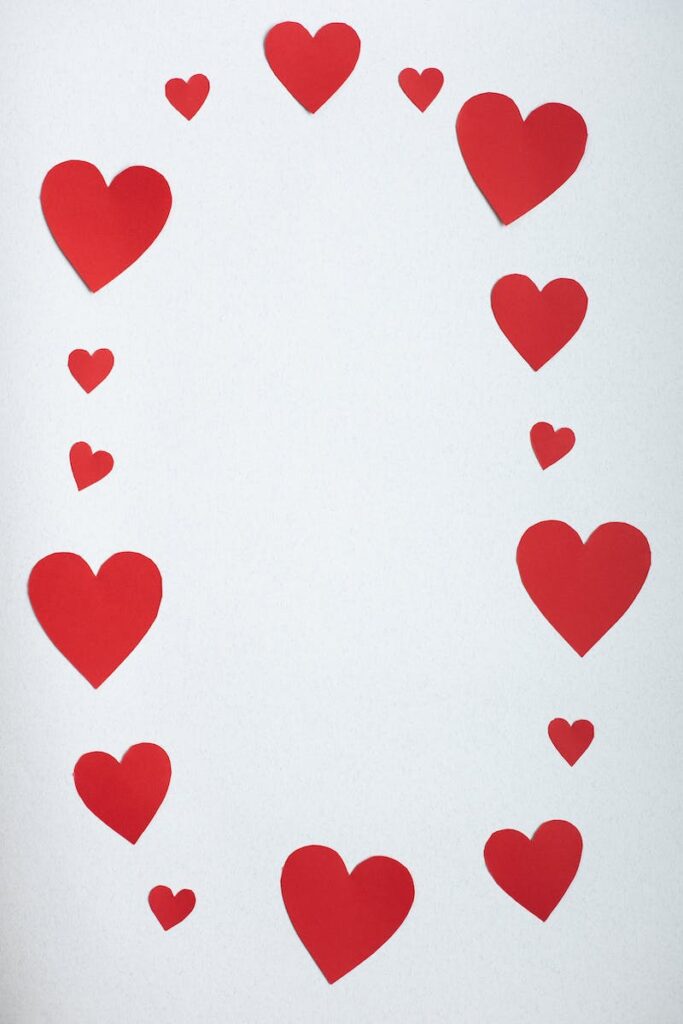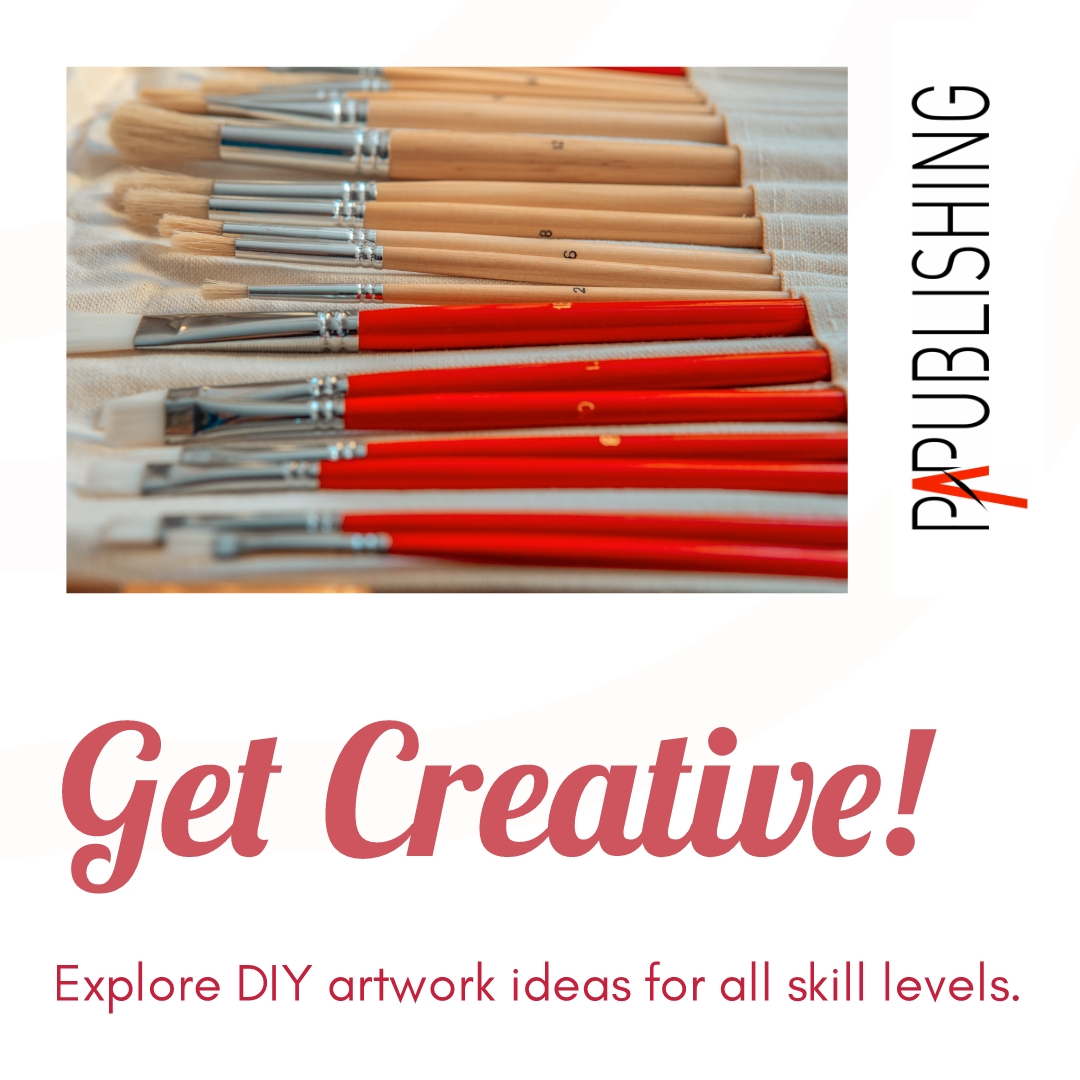Why Everyone Can Be an Artist
DIY Artwork Ideas: Art is often seen as a talent reserved for the few gifted individuals who possess innate creativity and skill. However, the truth is that anyone can be an artist. Creativity is not limited to a select few; it is a skill that can be developed and nurtured over time. Making art has numerous benefits, including stress relief, self-expression, and personal growth. By embracing your creativity and exploring different art forms, you can tap into your artistic potential and discover the joy of creating.
Easy DIY Artwork Ideas for Beginners
If you’re new to art or just starting out on your creative journey, there are plenty of easy DIY artwork ideas that you can try. Painting with acrylics is a great way to begin. Acrylic paints are versatile and forgiving, making them perfect for beginners. You can experiment with different techniques, such as blending colors or creating texture with a palette knife.
Drawing with charcoal or pencil is another accessible art form for beginners. Charcoal allows for expressive and bold marks, while pencil drawing allows for more precision and detail. Both mediums offer endless possibilities for exploration and experimentation.
Creating collages with magazine cutouts is a fun and easy way to make art. All you need is some old magazines, scissors, glue, and a surface to work on. Collages allow you to play with composition and juxtaposition, creating visually interesting pieces.
For those interested in abstract art, watercolors are a great medium to experiment with. The fluid nature of watercolors allows for spontaneous and unpredictable results. You can create abstract shapes and patterns by layering washes of color or using different techniques like wet-on-wet or dry brush.
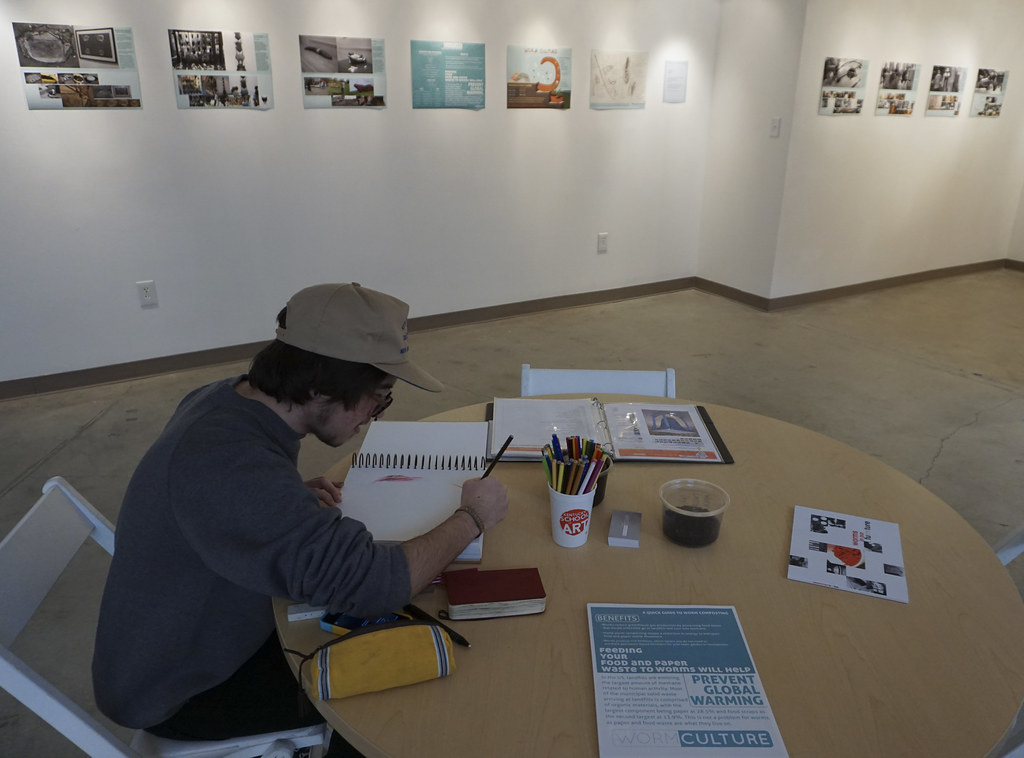
Intermediate DIY Artwork Ideas for More Experienced Crafters
DIY Artwork Ideas: Once you’ve gained some confidence in your artistic abilities, you can move on to more intermediate DIY artwork ideas. Creating mixed media art is a great way to explore different materials and techniques. You can combine painting, drawing, collage, and other mediums to create visually dynamic and textured pieces.
Making sculptures with clay or wire is another intermediate art form. Clay allows for three-dimensional creations, while wire sculptures offer a more delicate and intricate approach. Sculpting allows you to work with form, texture, and space, adding a new dimension to your artistic practice.
Painting with oils is a more advanced technique that requires some experience with painting. Oils offer rich and vibrant colors, as well as the ability to blend and layer paint. Working with oils can be challenging but rewarding, as it allows for greater control and depth in your artwork.
Creating prints with linocut or screen printing is another intermediate art form that involves carving or stenciling a design onto a surface and transferring it onto paper or fabric. This process allows for multiple reproductions of your artwork, making it a great way to create unique prints.
Advanced DIY Artwork Ideas for Skilled Artists
For skilled artists looking to push their boundaries and explore new artistic horizons, there are advanced DIY artwork ideas that can challenge and inspire. Creating large-scale installations is one such idea. Installations involve transforming a space or environment through the use of various materials and techniques. They often incorporate elements of sculpture, painting, and other mediums to create immersive experiences for the viewer.
Making art with digital media is another advanced art form that combines traditional artistic skills with technology. Digital art allows for endless possibilities in terms of color, texture, and composition. It also offers the ability to experiment with different tools and techniques that may not be possible in traditional art forms.
DIY Artwork Ideas: Creating art with unconventional materials is a way to push the boundaries of what is considered traditional art. Artists have used everything from food to trash to create unique and thought-provoking pieces. By using unconventional materials, you can challenge the viewer’s perception of what art can be and create unexpected and innovative works.
Making art with found objects is another advanced art form that involves repurposing everyday items into works of art. By incorporating found objects into your artwork, you can add layers of meaning and context to your pieces. This form of art encourages resourcefulness and creativity, as you have to think outside the box to find materials that can be transformed into art.
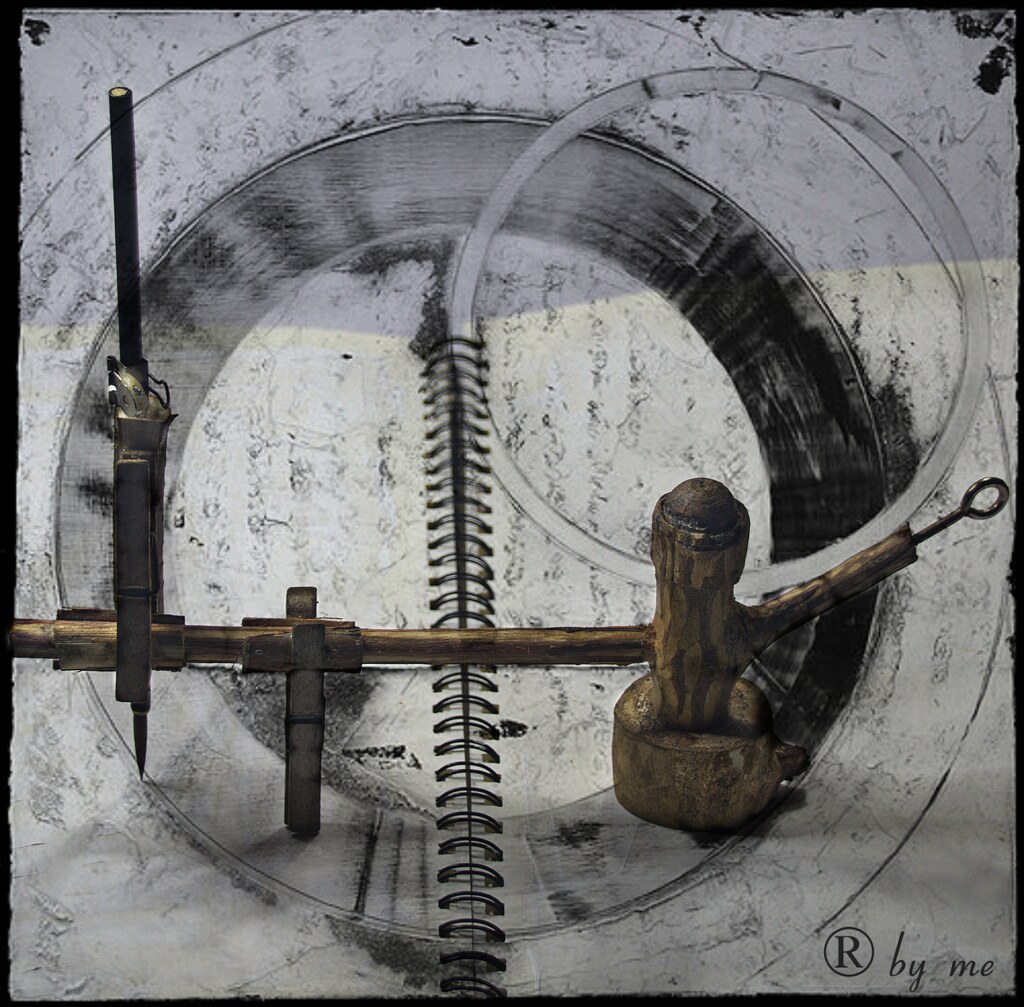
Using Found Objects: Creating Art from Everyday Items
Using found objects in art is a way to give new life to everyday items and transform them into something meaningful and visually interesting. Found object art, also known as assemblage or objet trouvé, involves collecting and repurposing objects that are not traditionally considered art materials.
One example of found object art is the work of artist Marcel Duchamp, who famously exhibited a urinal as a sculpture titled “Fountain.” By taking an ordinary object and presenting it in an artistic context, Duchamp challenged the notion of what can be considered art.
DIY Artwork Ideas: When creating found object art, it’s important to consider the materials you use and how they contribute to the overall concept of your piece. Look for objects that have interesting shapes, textures, or colors. Consider how these objects can be arranged or combined to create a visually compelling composition.
Finding materials for found object art can be as simple as taking a walk around your neighborhood or exploring flea markets and thrift stores. Keep an open mind and look for objects that catch your eye or resonate with you in some way. Remember that the beauty of found object art lies in its ability to transform the ordinary into something extraordinary.
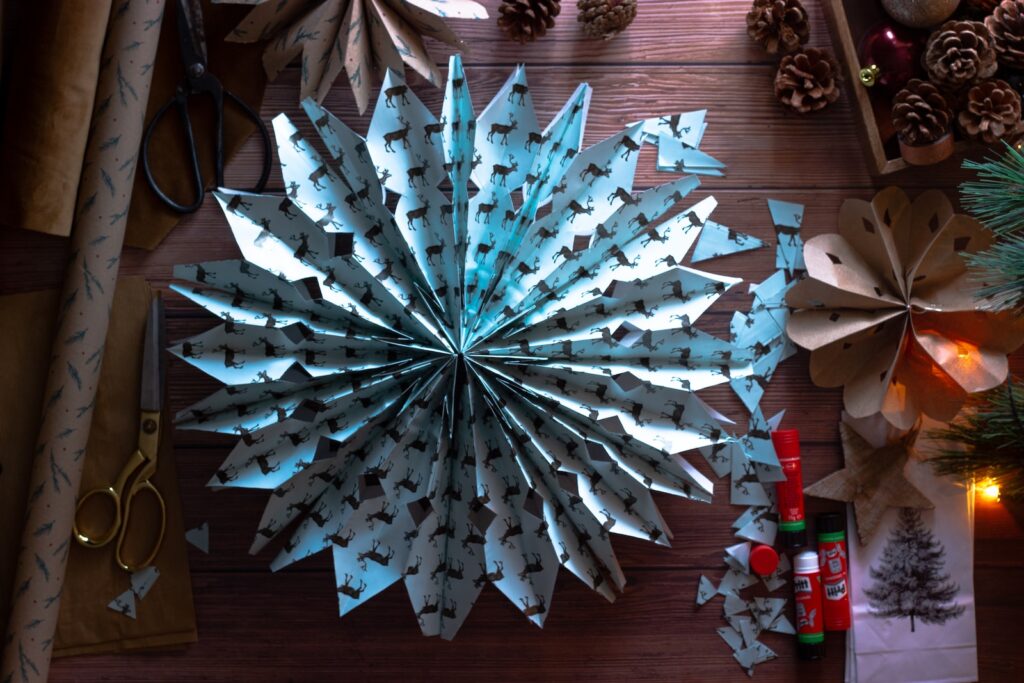
Experimenting with Different Materials: Unconventional Art Supplies to Try
Experimenting with different materials is a great way to expand your artistic practice and discover new possibilities. While traditional art supplies like paint and brushes are essential, there are also unconventional materials that can add a unique touch to your artwork.
One example of an unconventional art supply is coffee. Coffee can be used as a natural dye or stain, creating warm and earthy tones on paper or fabric. You can experiment with different brewing methods and concentrations to achieve different shades and effects.
Another unconventional material to try is salt. Salt can be sprinkled onto wet watercolor or acrylic paint to create interesting textures and patterns. It can also be used to create resist effects, where the salt absorbs the paint and leaves behind a speckled or mottled appearance.
Collage artists often incorporate found materials like old book pages, maps, or vintage photographs into their artwork. These materials add a layer of history and nostalgia to the piece, creating a sense of depth and storytelling.
Other unconventional art supplies include natural materials like leaves, flowers, or even dirt. These materials can be used in mixed media artwork or as standalone pieces. By incorporating natural elements into your art, you can create a connection to the environment and explore themes of nature and sustainability.
Upcycling: Turning Trash into Treasure with DIY Art Projects
DIY Artwork Ideas: Upcycling is the process of transforming waste materials into new products of higher value. It’s a way to reduce waste and give new life to discarded items. Upcycled art involves using these materials to create unique and visually interesting pieces.
One example of upcycled art is the work of artist Tom Deininger, who creates intricate collages using discarded objects like bottle caps, plastic toys, and old electronics. By repurposing these materials, Deininger creates visually stunning pieces that challenge our perception of waste.
When upcycling materials for art projects, it’s important to consider the environmental impact of your choices. Look for materials that would otherwise end up in the landfill or contribute to pollution. Consider how you can transform these materials into something beautiful and meaningful.
Finding materials for upcycled art can be as simple as collecting items from your own household or asking friends and family to save items for you. You can also explore thrift stores, flea markets, or even dumpster diving to find discarded materials that can be repurposed.
Techniques for upcycling materials into art include cutting, painting, and assembling the materials into new forms. You can also combine different materials to create mixed media pieces. The possibilities are endless when it comes to upcycled art, as long as you have a creative eye and a willingness to experiment.
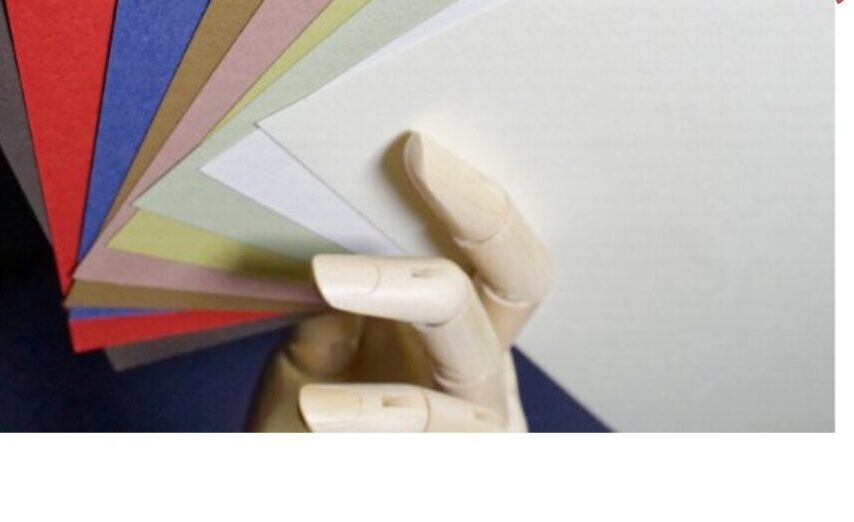
Collaborative Art Projects: Creating with Friends and Family
DIY Artwork Ideas: Art doesn’t have to be a solitary pursuit. Collaborative art projects offer a unique opportunity to create with others and explore different perspectives and ideas. Working with friends and family on art projects can be a fun and rewarding experience that strengthens relationships and fosters creativity.
One benefit of collaborative art projects is the opportunity to learn from others. Each person brings their own unique skills, ideas, and experiences to the table, creating a rich and diverse creative environment. By collaborating with others, you can expand your artistic horizons and discover new techniques or approaches to art.
There are many ways to collaborate on art projects. One example is a group painting or drawing session, where each person contributes to a larger piece of artwork. This can be done on a single canvas or paper, or by combining individual pieces into a larger composition.
Another example of collaborative art is a community mural project. This involves working with a group of people to create a mural on a public wall or space. Community murals not only beautify the environment but also foster a sense of pride and ownership among the participants.
Tips for working with others on art projects include clear communication, open-mindedness, and respect for each other’s ideas and contributions. It’s important to create an inclusive and supportive environment where everyone feels comfortable expressing themselves and sharing their creativity.
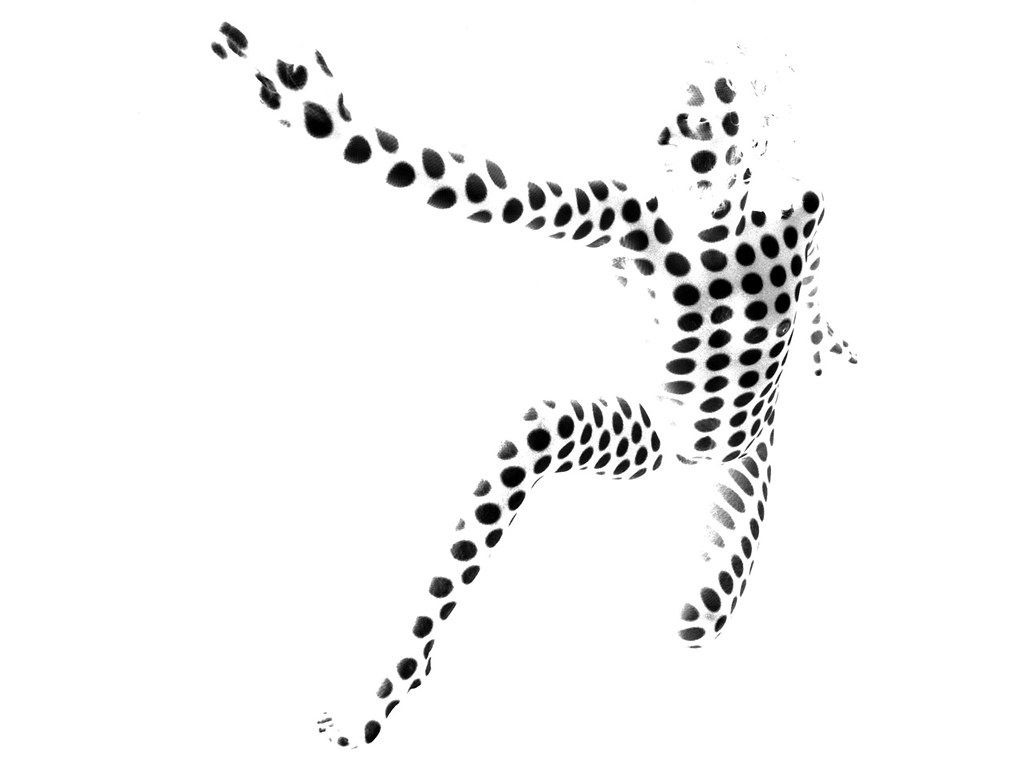
Art Therapy: Using DIY Art Projects as a Form of Self-Expression and Healing
Art therapy is a form of therapy that uses art as a means of self-expression and healing. It can be a powerful tool for individuals who may have difficulty expressing their thoughts and emotions verbally. Art therapy allows for a non-verbal form of communication, where the artwork becomes a reflection of the individual’s inner world.
One benefit of art therapy is stress relief. Creating art can be a calming and meditative process that helps to reduce anxiety and promote relaxation. It allows individuals to focus on the present moment and engage in a creative activity that brings them joy and fulfillment.
Art therapy can also be a form of self-discovery and personal growth. Through the process of creating art, individuals can gain insight into their thoughts, feelings, and experiences. They can explore different aspects of their identity and work through unresolved emotions or traumas.
Examples of art therapy projects include creating a visual journal, where individuals can express their thoughts and emotions through drawings, paintings, or collages. Another example is creating a self-portrait, where individuals can explore their sense of self and how they perceive themselves.
Tips for using art as a form of self-expression and healing include creating a safe and supportive environment, allowing for free expression without judgment or criticism. It’s important to focus on the process rather than the end result, as the act of creating is what brings healing and growth.
Conclusion: Embracing Your Creativity and Making Art a Part of Your Life
DIY Artwork Ideas: In conclusion, everyone has the potential to be an artist. By embracing your creativity and exploring different art forms, you can tap into your artistic potential and discover the joy of creating. Whether you’re a beginner or an experienced artist, there are DIY artwork ideas for every skill level.
From easy painting techniques to advanced installations, there are endless possibilities when it comes to making art. You can experiment with different materials, collaborate with others, or use art as a form of self-expression and healing. The key is to embrace your creativity and make art a part of your life.
So, why not pick up a paintbrush, grab some clay, or start collecting found objects? Start small and gradually challenge yourself to try new techniques and explore different mediums. With practice and dedication, you’ll be amazed at what you can create. Remember, everyone can be an artist; all it takes is a willingness to try.
